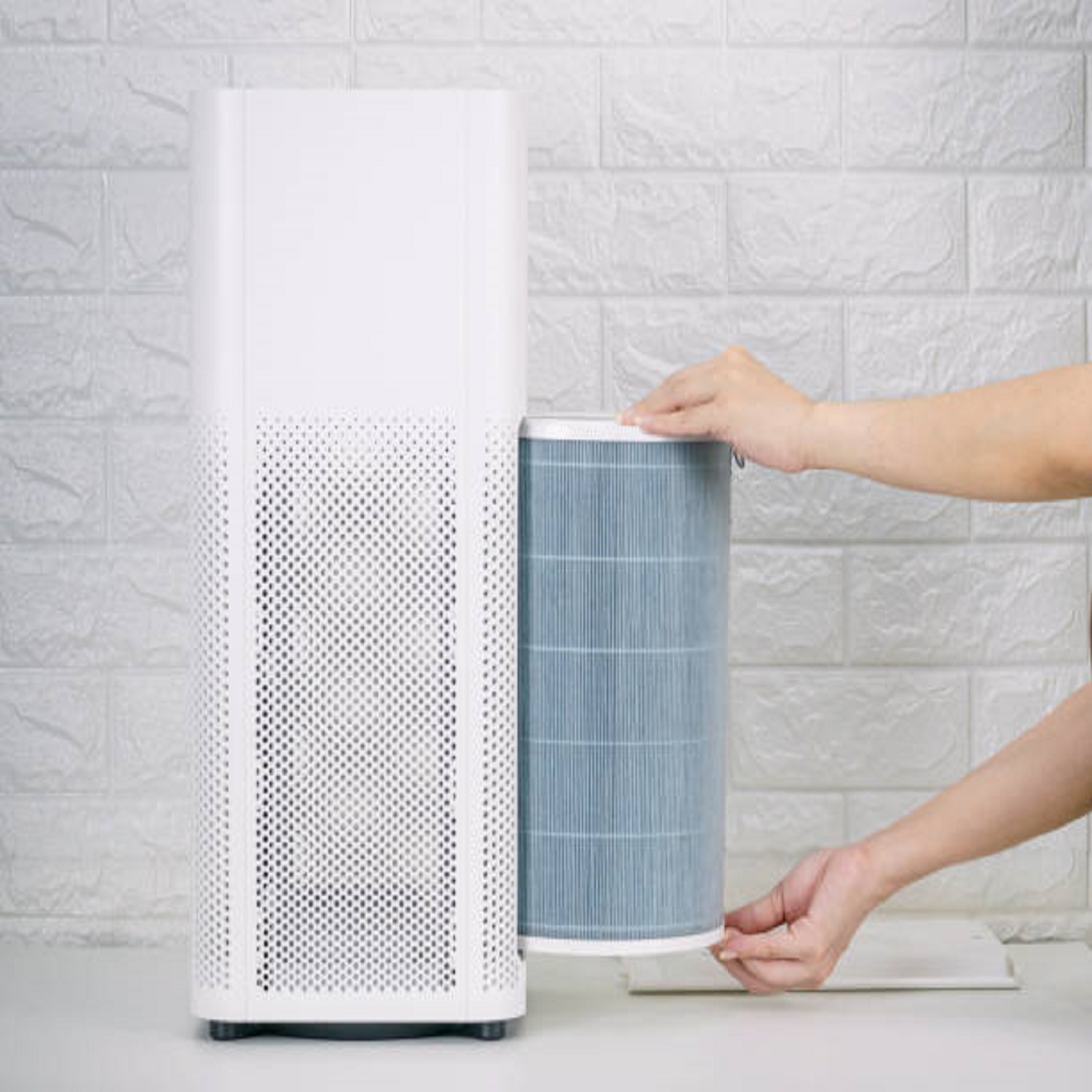Introduction:
As the sun rises on a hazy morning, many wake up to a reality where the air they breathe is thick with smoke. Bushfires, a natural phenomenon exacerbated by climate change, have become a recurring nightmare for communities worldwide. Beyond the immediate danger of flames, the smoke they produce blankets regions, causing severe air pollution. In such times, the quest for cleaner air becomes paramount, and technology, particularly air purifiers, emerges as a beacon of hope. This blog explores the relationship between bushfire smoke pollution and air purifiers, shedding light on their efficacy and potential in mitigating the health hazards posed by such environmental crises.
Understanding Bushfire Smoke Pollution:
Bushfires are an integral part of many ecosystems, playing a crucial role in renewal and regeneration. However, in recent years, the frequency and intensity of these fires have escalated due to various factors, including climate change, land management practices, and human activities. The combustion of organic matter during bushfires releases a cocktail of harmful pollutants into the air, including particulate matter (PM), carbon monoxide (CO), nitrogen oxides (NOx), volatile organic compounds (VOCs), and hazardous chemicals.
Among these pollutants, PM, especially PM2.5 (particles with a diameter of 2.5 micrometres or less), poses the most significant threat to human health. These tiny particles can penetrate deep into the respiratory system, causing a range of health issues, from respiratory infections to cardiovascular diseases. Additionally, the smoke’s chemical composition, including carcinogenic substances like benzene and formaldehyde, further escalates the health risks associated with bushfire smoke pollution.
The Impact of Bushfire Smoke Pollution:
The impact of bushfire smoke pollution on public health is profound and far-reaching. Individuals exposed to prolonged periods of smoke inhalation are at risk of developing respiratory symptoms such as coughing, wheezing, shortness of breath, and exacerbation of pre-existing conditions like asthma and chronic obstructive pulmonary disease (COPD). Moreover, studies have linked exposure to bushfire smoke with increased hospital admissions for respiratory and cardiovascular ailments, as well as higher mortality rates, particularly among vulnerable populations such as the elderly and young children.
Beyond health concerns, bushfire smoke pollution also has socio-economic ramifications. Disrupted outdoor activities, closure of schools and workplaces, and strain on healthcare systems are among the immediate consequences. Moreover, the long-term effects on agricultural productivity, tourism, and infrastructure further compound the challenges faced by affected communities.
Air Purifiers: A Ray of Hope Amidst the Smoke:
In the battle against bushfire smoke pollution, air purifiers for commercial spaces emerge as a promising tool for individuals and communities seeking refuge from hazardous air quality. These devices work by drawing air through filters that capture airborne pollutants, thereby improving indoor air quality. While air purifiers cannot eliminate the root cause of bushfire smoke pollution, they provide a crucial line of defence by creating cleaner environments where individuals can seek respite from the outdoor air.
The effectiveness of air purifiers in industrial spaces in combating bushfire smoke pollution depends on various factors, including the device’s design, filtration technology, and maintenance. High-efficiency particulate air (HEPA) filters, capable of capturing over 99% of particles as small as 0.3 micrometres, are widely regarded as the gold standard in air purification. Activated carbon filters, meanwhile, excel at adsorbing gaseous pollutants and odours, making them valuable additions to air purifiers deployed during bushfire events.
Real-World Applications:
Communities grappling with bushfire smoke pollution have increasingly turned to air purifiers as a means of safeguarding indoor air quality. In Australia, where bushfires are a recurring threat, the use of air purifiers has surged during peak fire seasons. Organizations and government agencies have distributed air purifiers to vulnerable populations, including schools, hospitals, and evacuation centres, to mitigate the health risks associated with prolonged smoke exposure.
Moreover, advancements in technology have enabled the development of smart air purifiers equipped with sensors that monitor air quality in real time and adjust filtration settings accordingly. These intelligent devices not only provide peace of mind to users but also offer valuable data for assessing the effectiveness of indoor air purification strategies during bushfire events.
Challenges and Considerations:
While air purifiers offer a tangible solution to indoor air pollution during bushfire events, several challenges must be addressed to maximize their efficacy. Firstly, the affordability and accessibility of air purifiers remain a concern, particularly for low-income households and marginalized communities disproportionately impacted by environmental hazards. Initiatives aimed at subsidizing or providing free air purifiers to vulnerable populations are essential to ensuring equitable access to clean air.
Secondly, the energy consumption associated with running air purifiers continuously poses environmental implications, particularly in regions where electricity generation relies heavily on fossil fuels. Promoting energy-efficient designs and renewable energy sources can help mitigate the carbon footprint of air purification technologies, thus aligning with broader sustainability objectives.
Additionally, public awareness and education play a crucial role in optimizing the use of air purifiers during bushfire events. Clear guidance on selecting, installing, and maintaining air purifiers, as well as understanding their limitations, empowers individuals to make informed decisions to protect their health.
Conclusion:
Bushfire smoke pollution poses a significant threat to public health and well-being, underscoring the urgent need for effective mitigation strategies. While addressing the root causes of wildfires requires comprehensive action on climate change and land management, air purifiers offer a practical solution to safeguard indoor air quality during bushfire events. By harnessing technology and leveraging innovations in air purification, communities can create safer environments amidst the smoke, protecting the health of present and future generations. As we navigate the complex challenges of a changing climate, the quest for cleaner air remains an essential endeavour in building resilient and sustainable societies.







